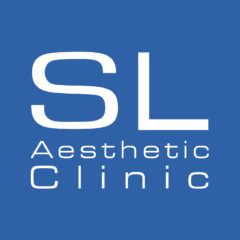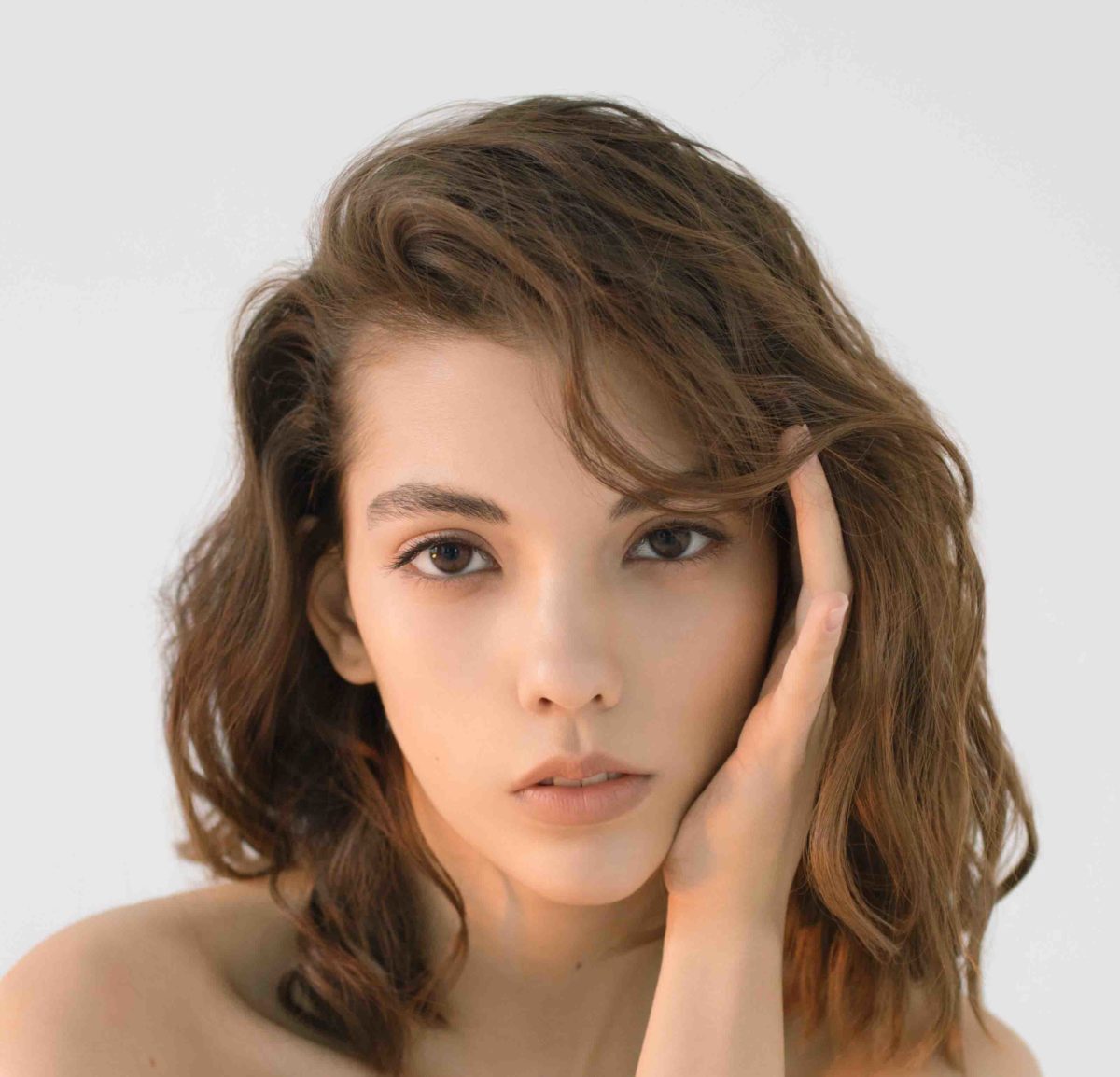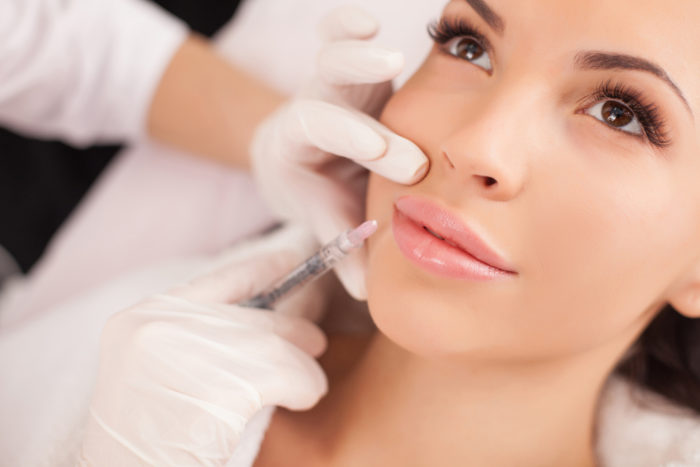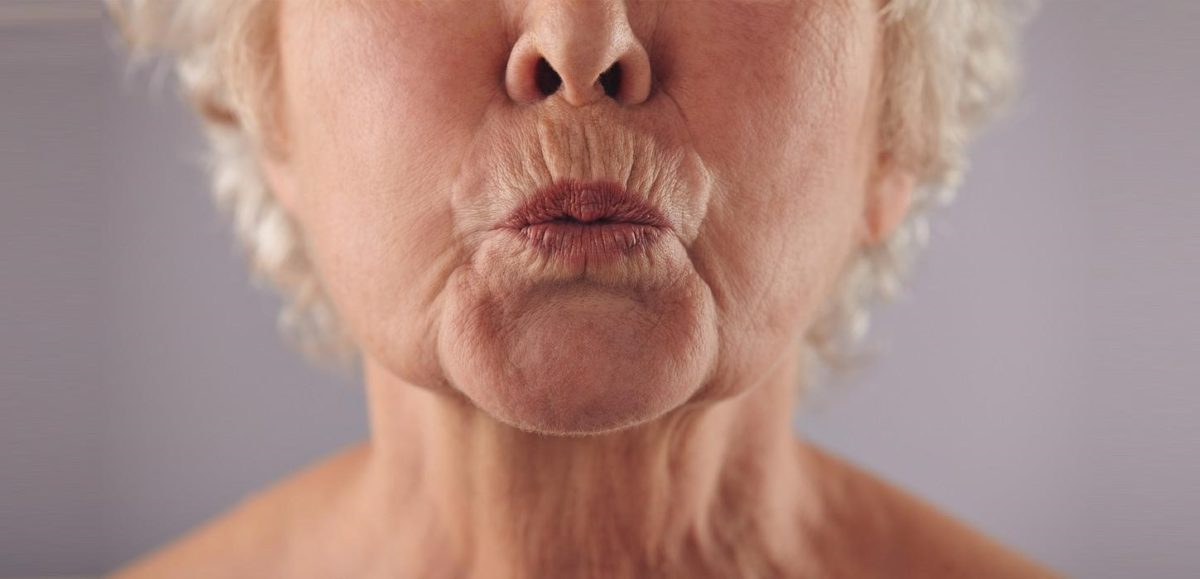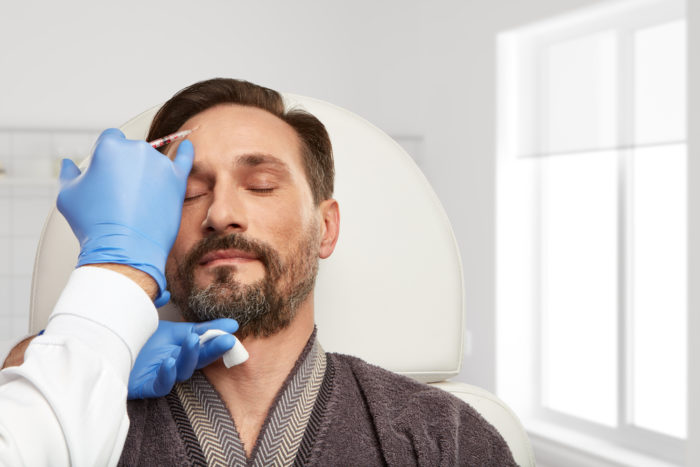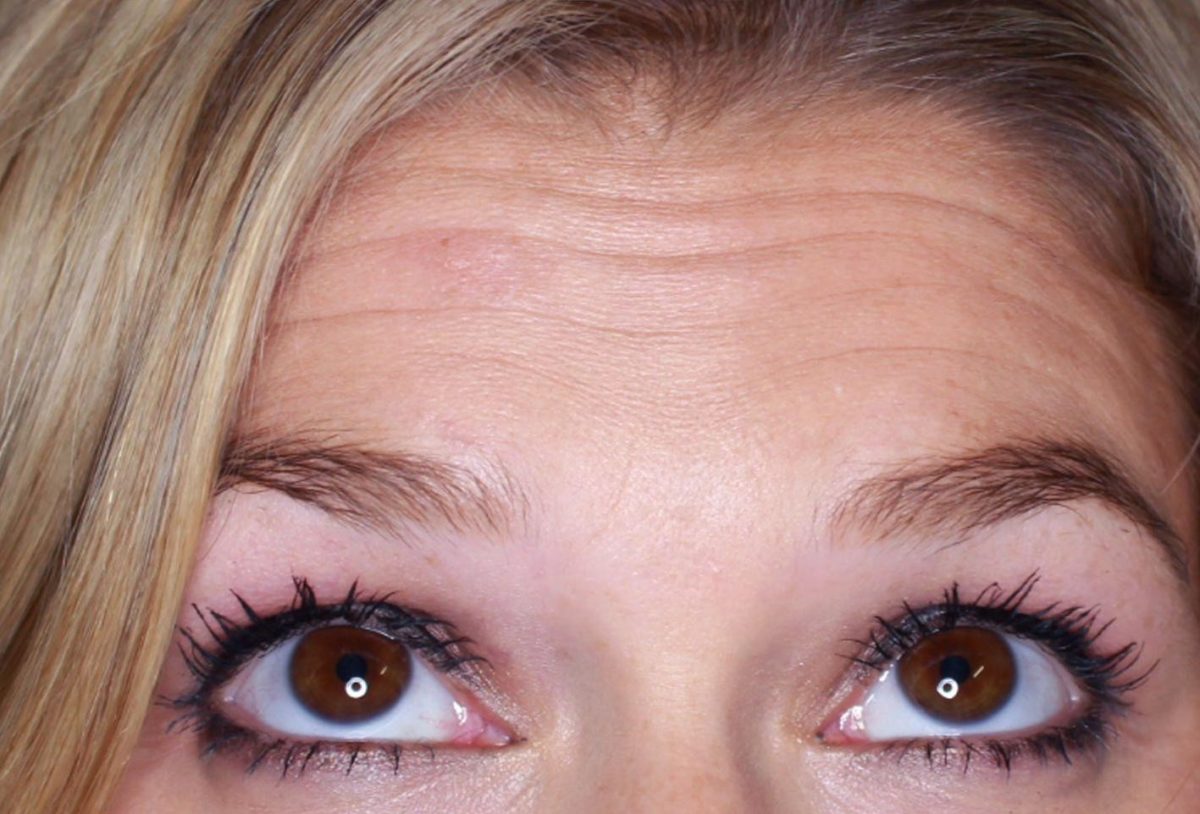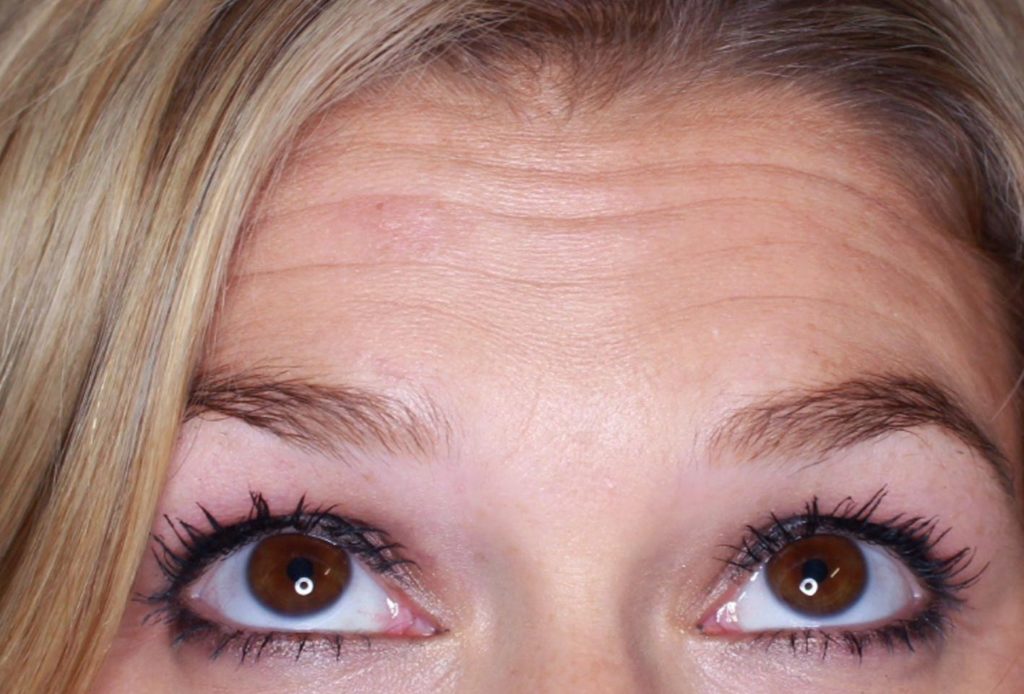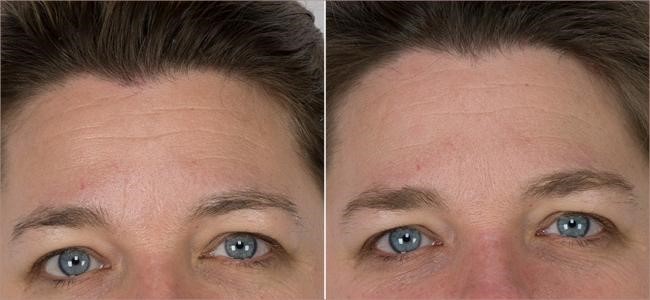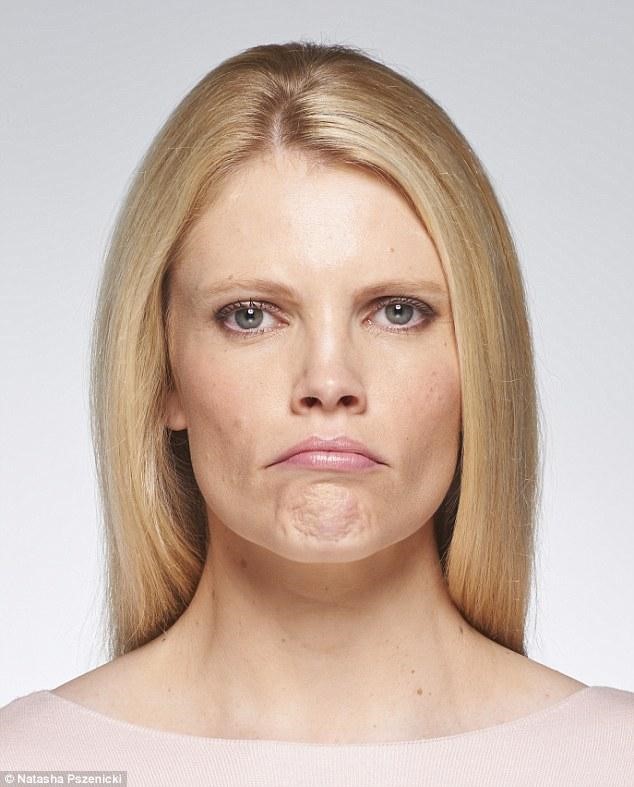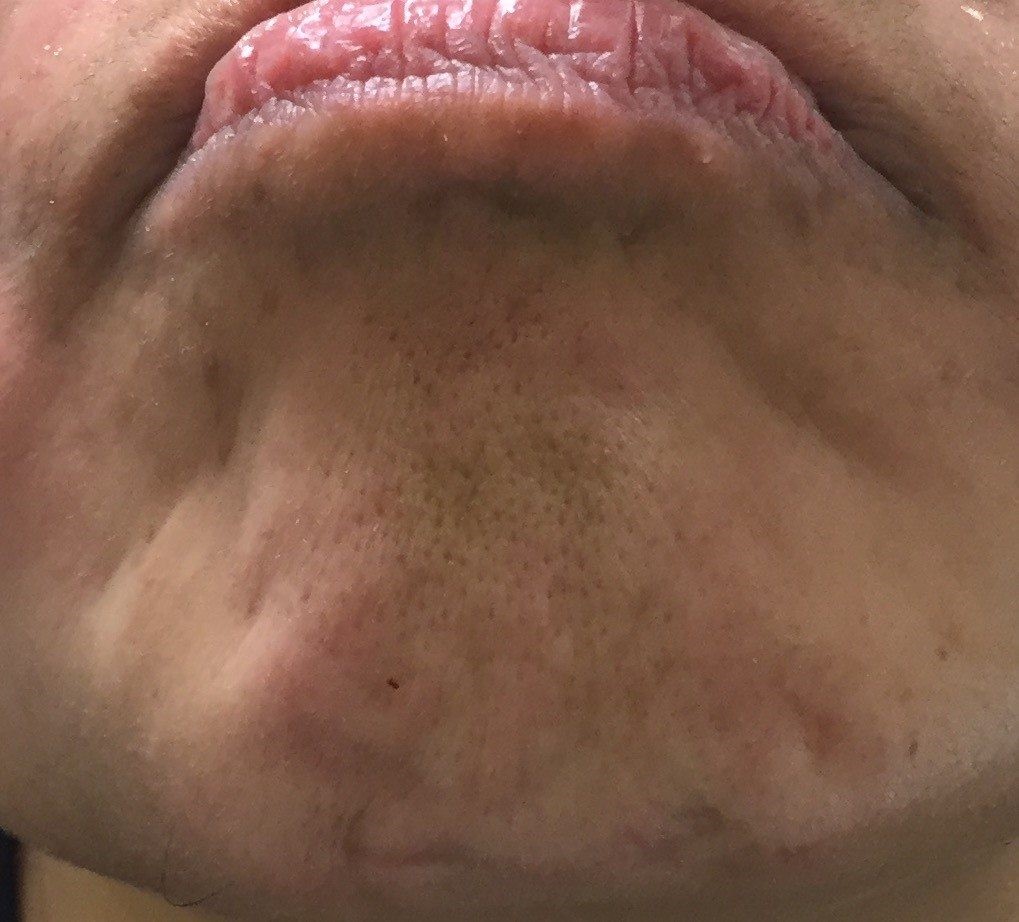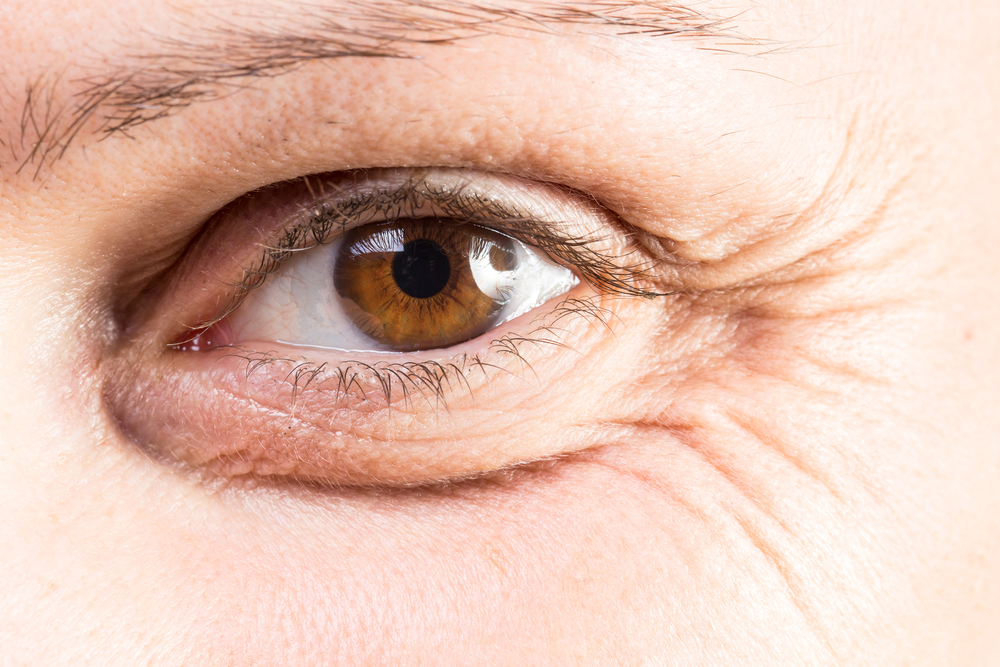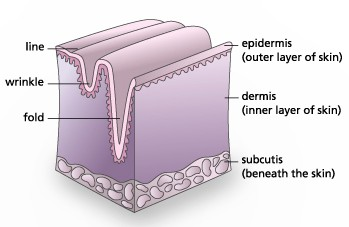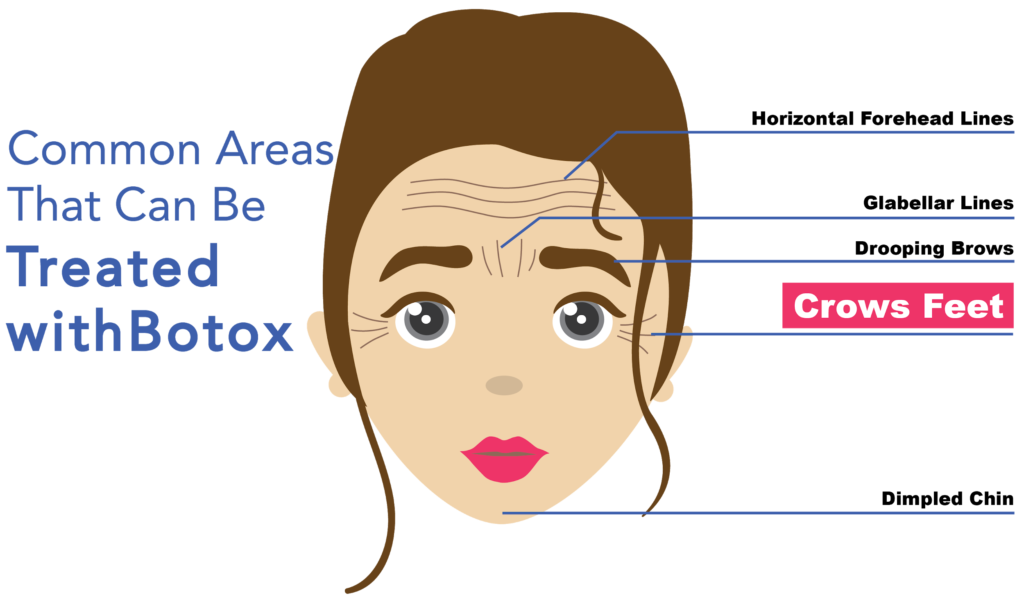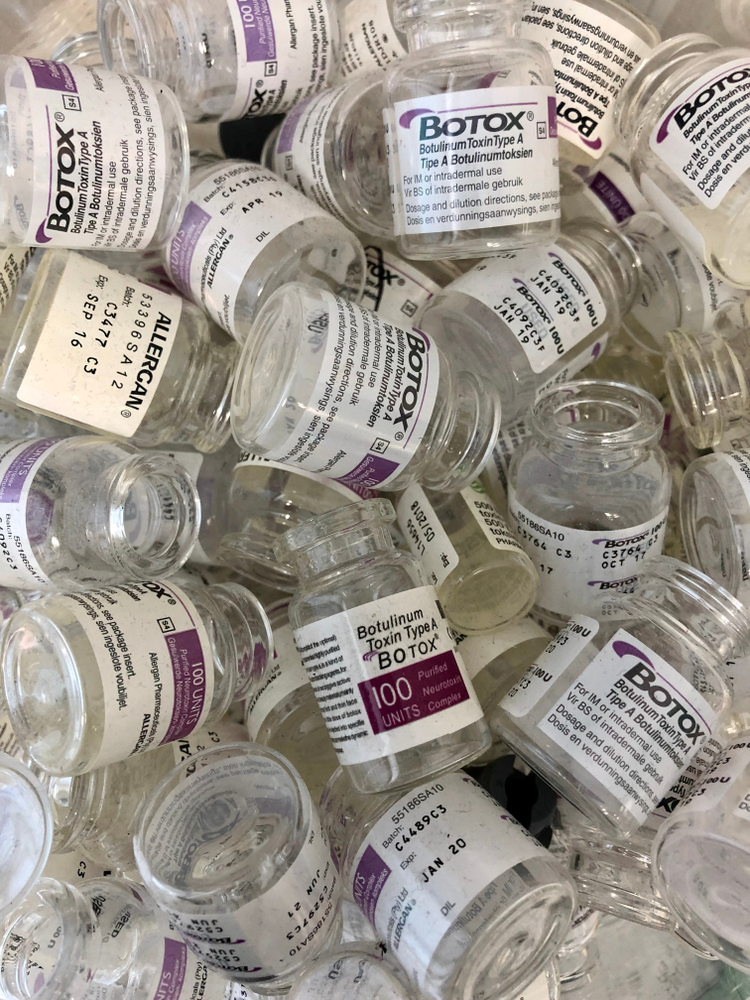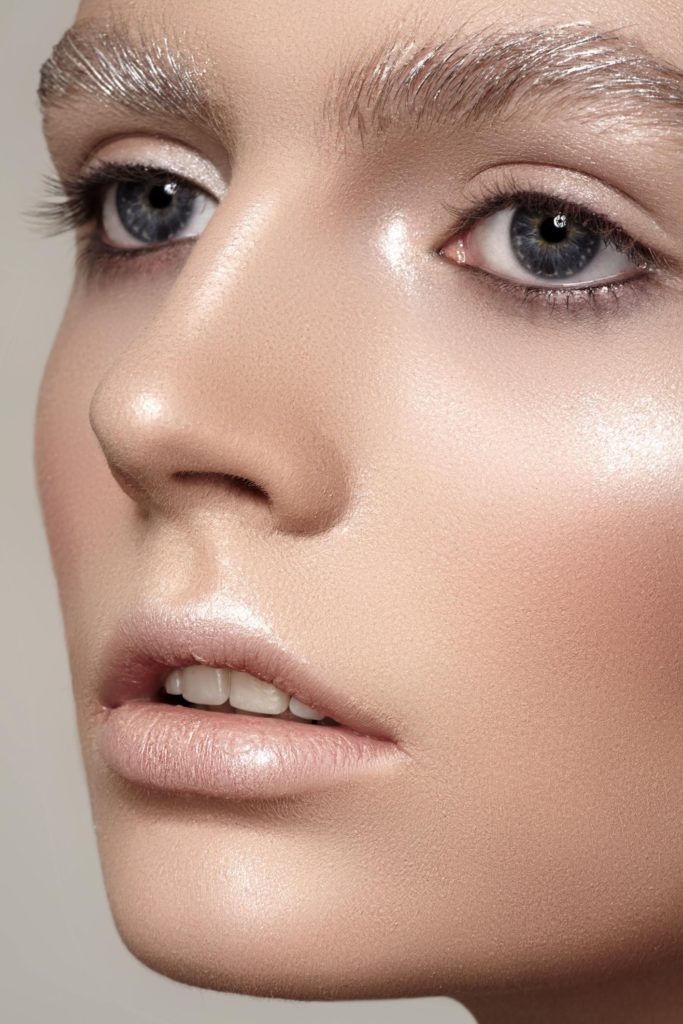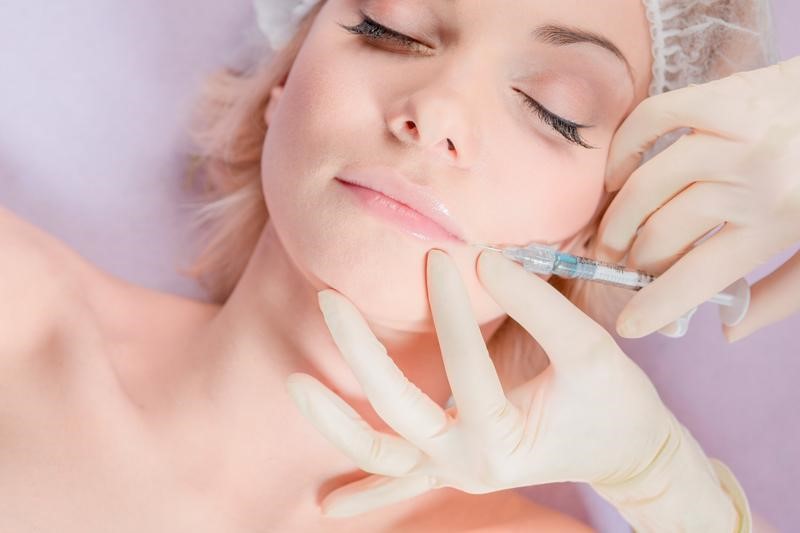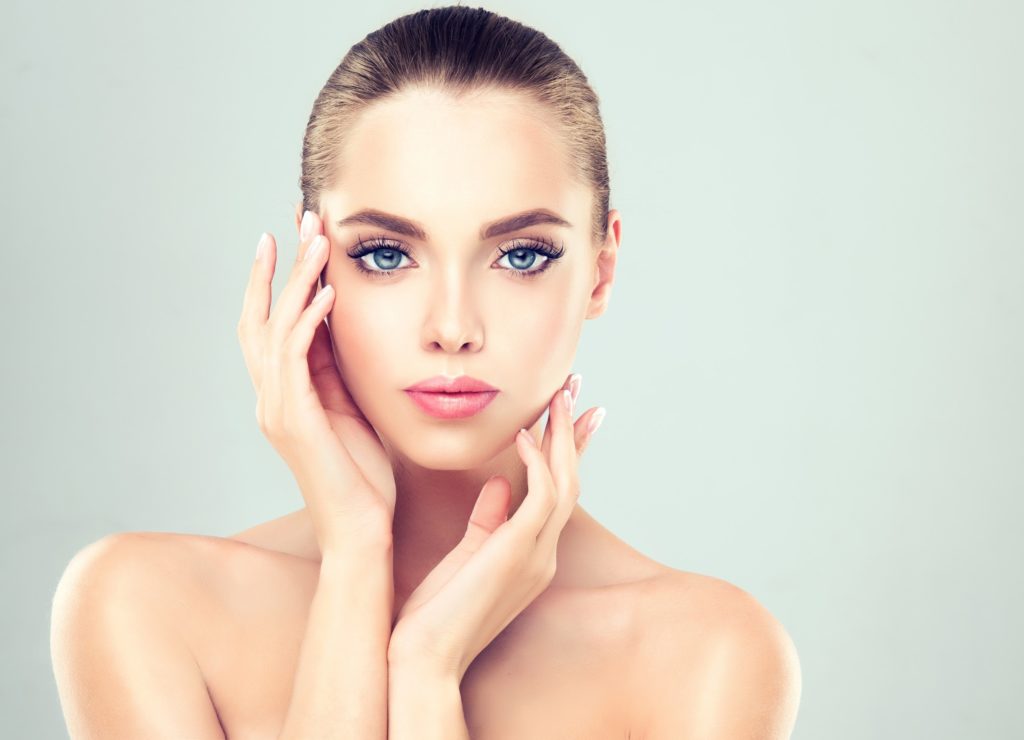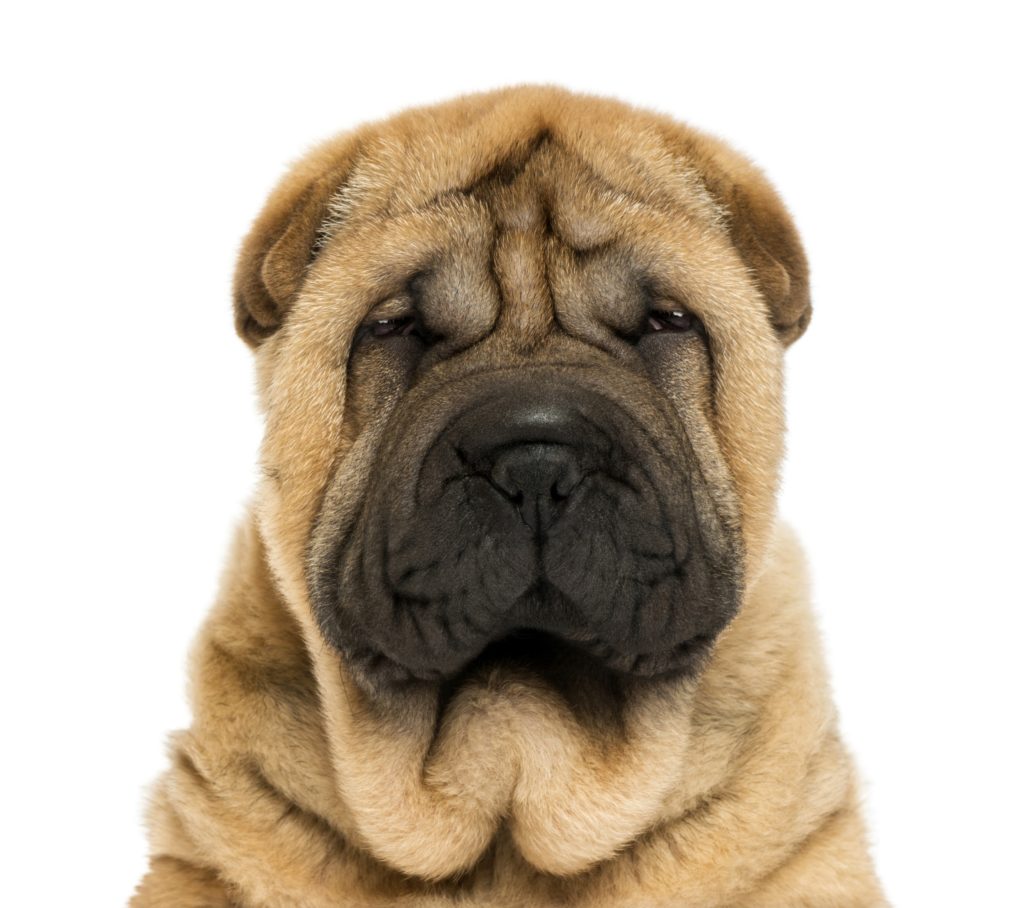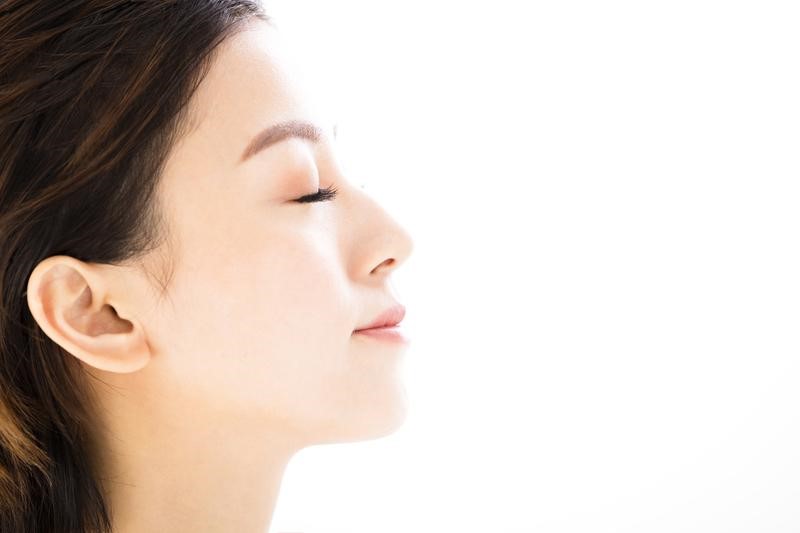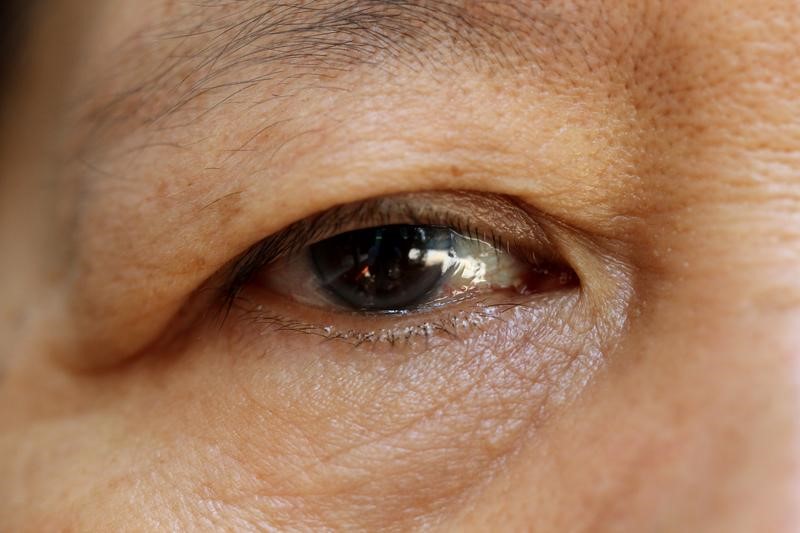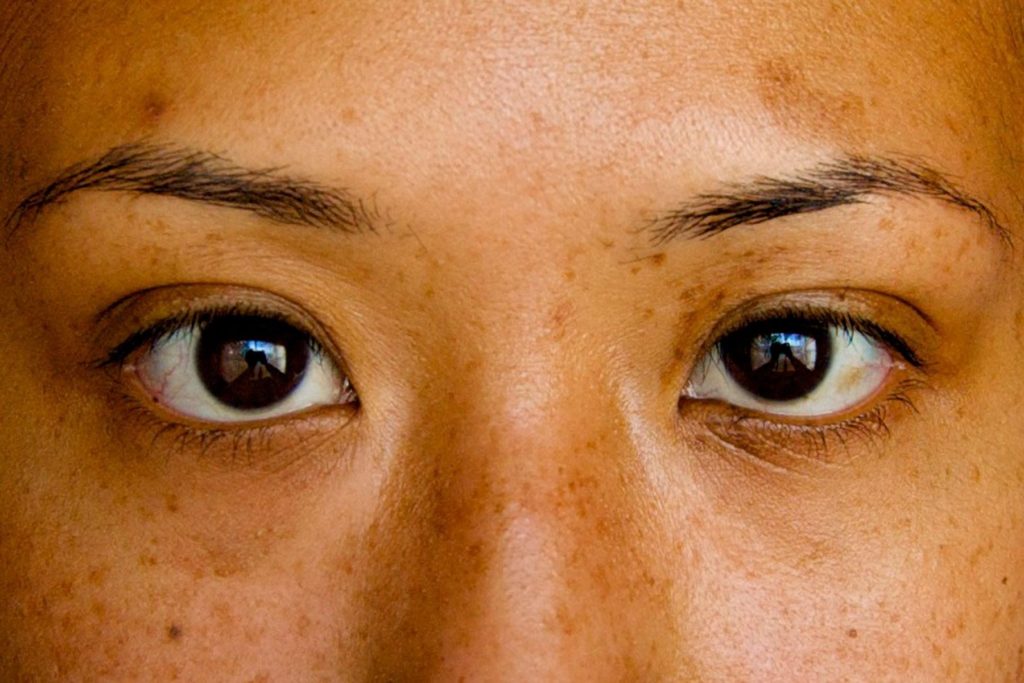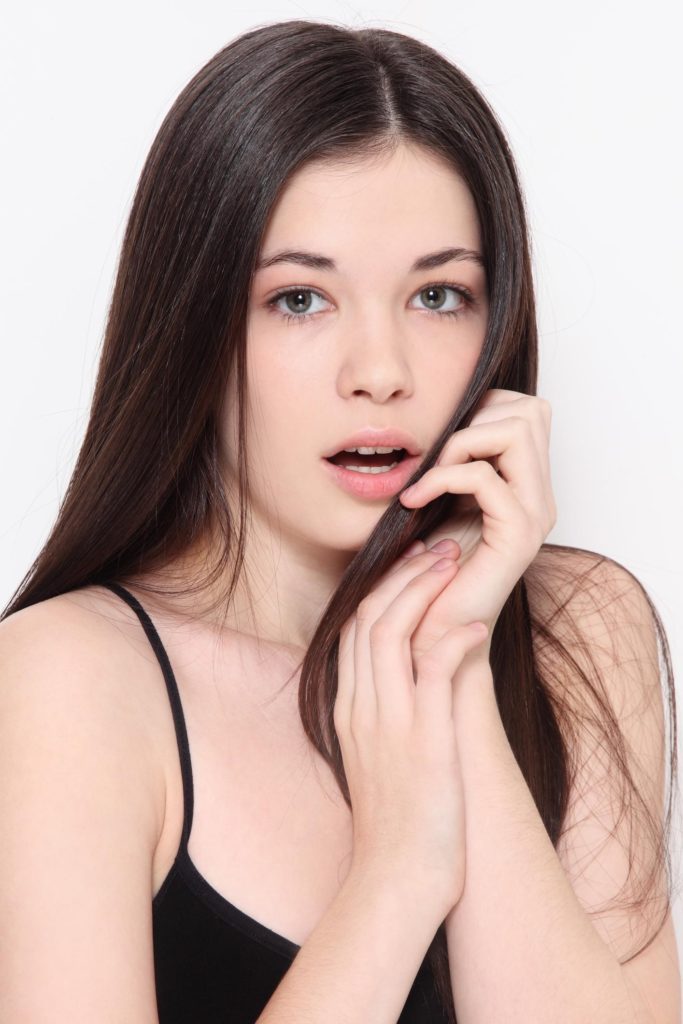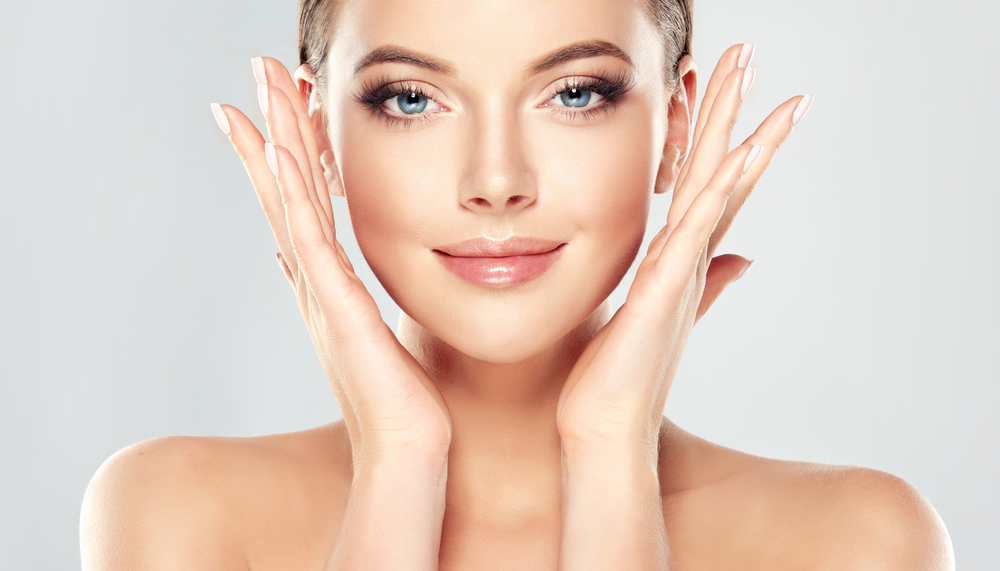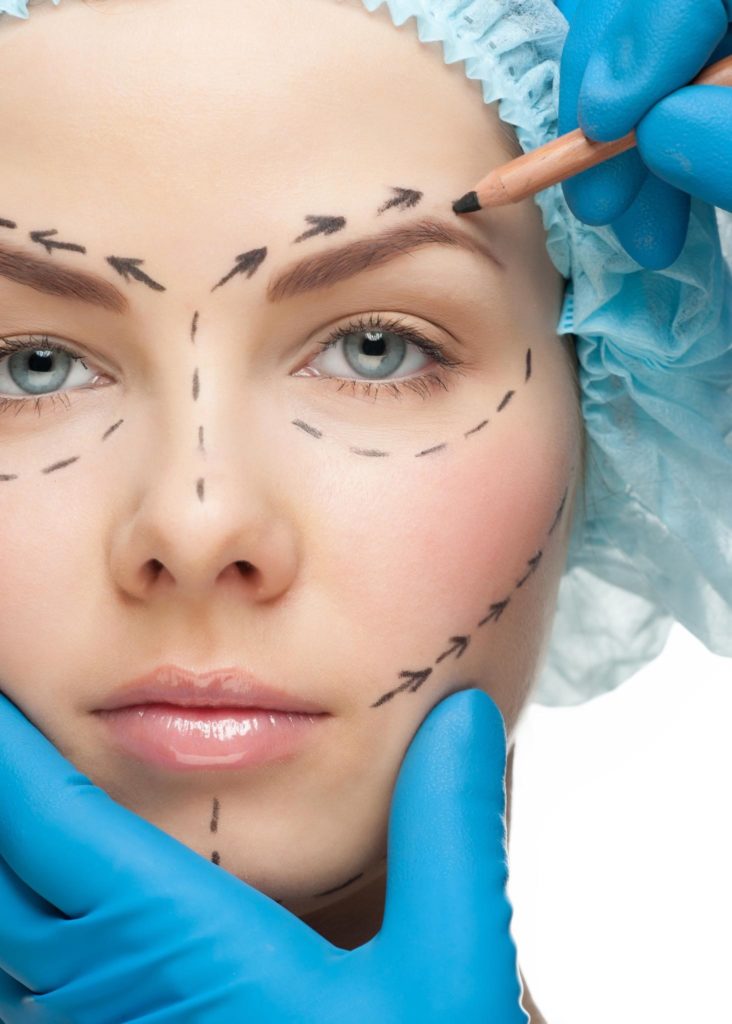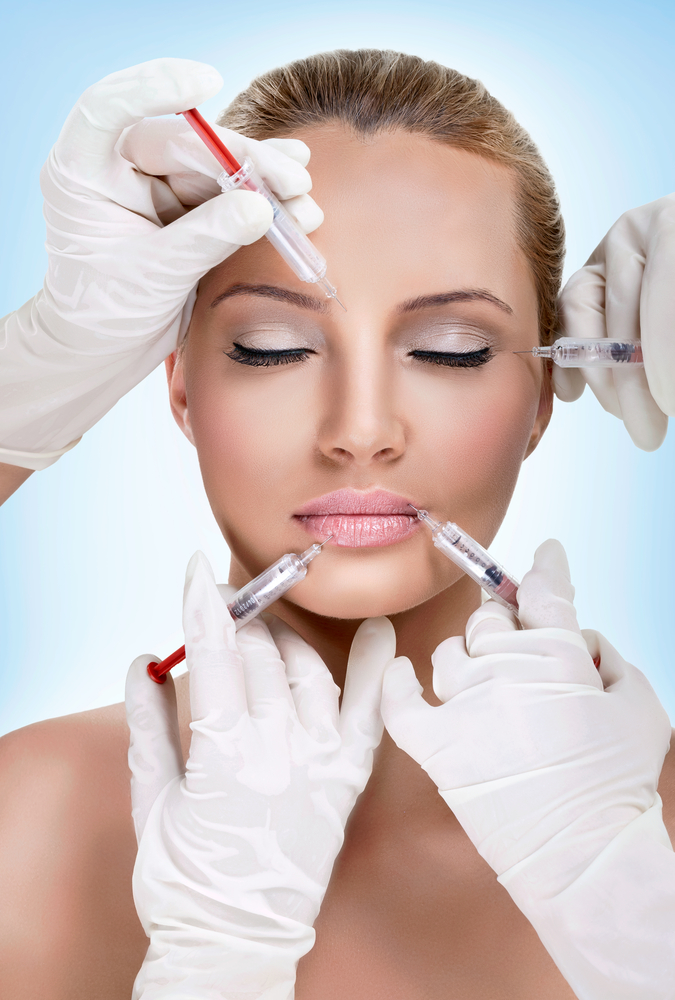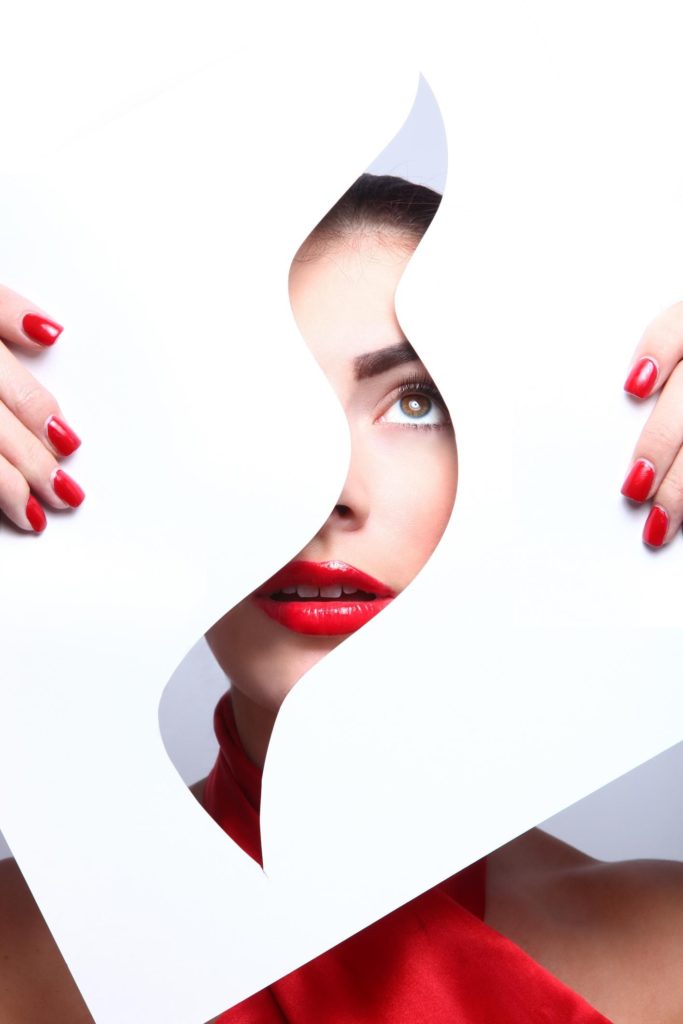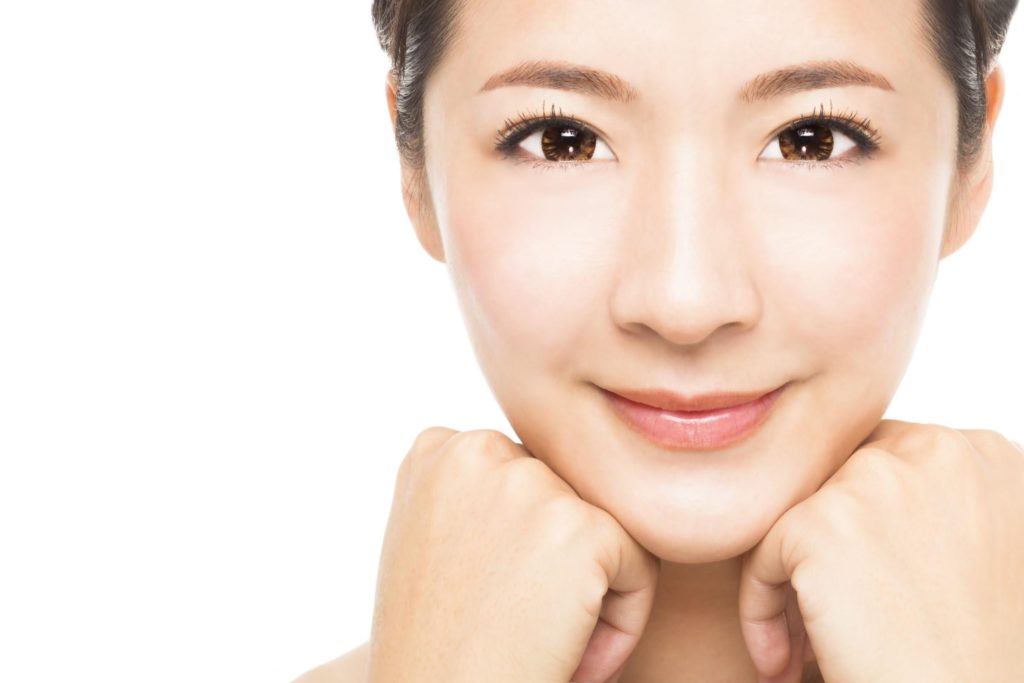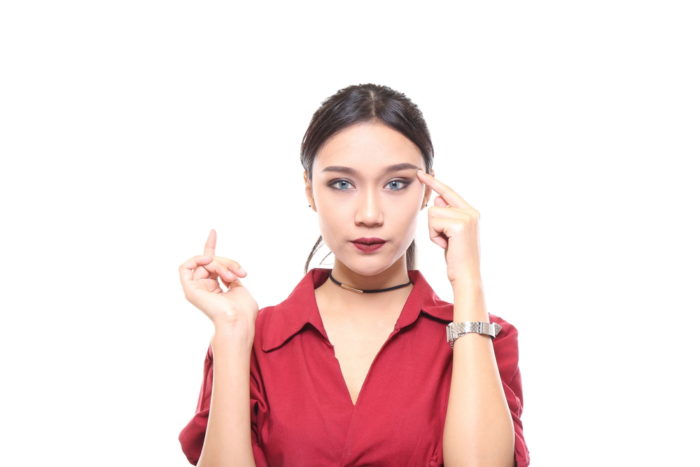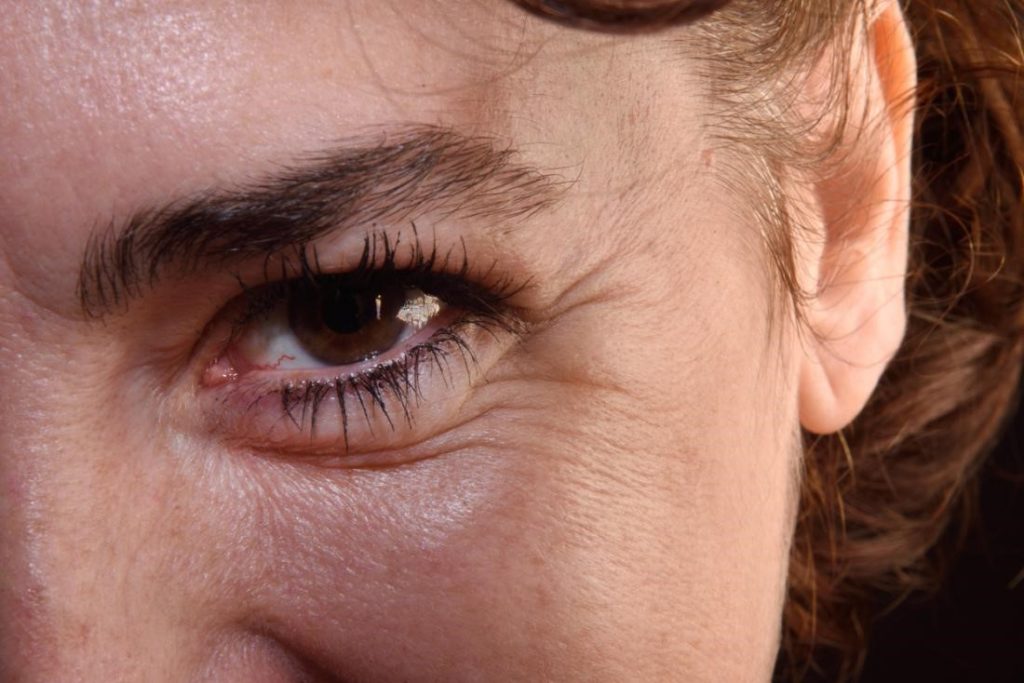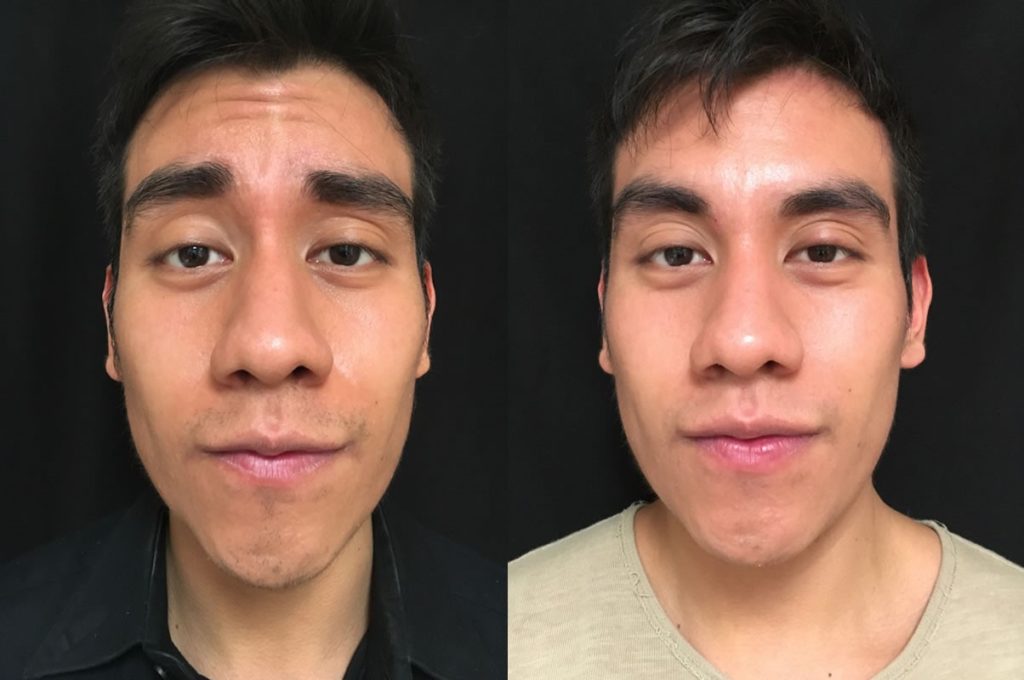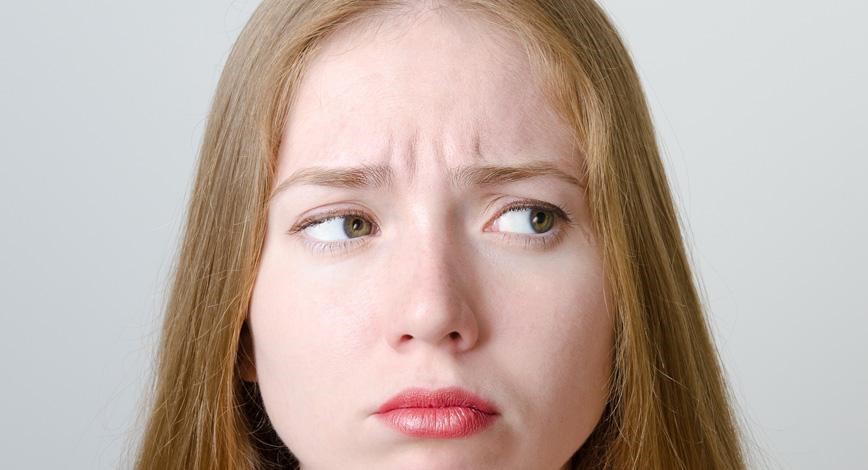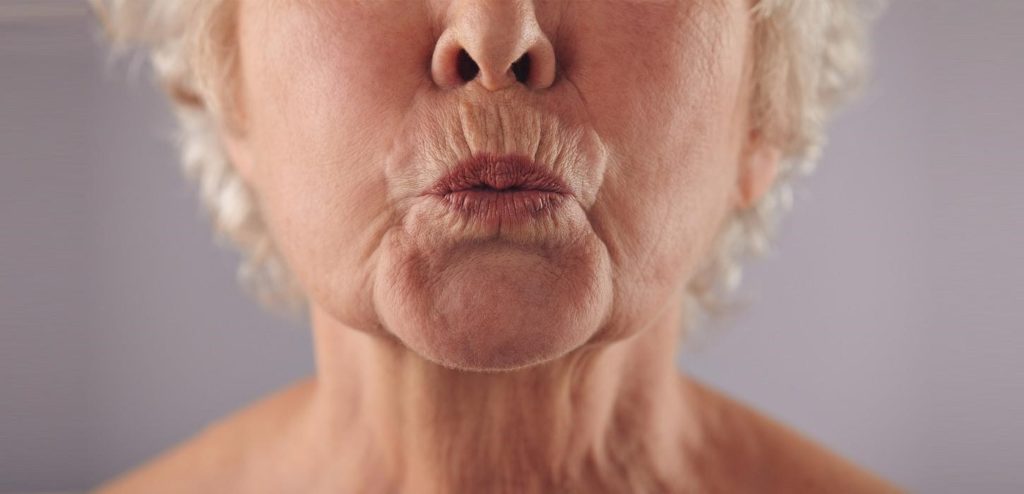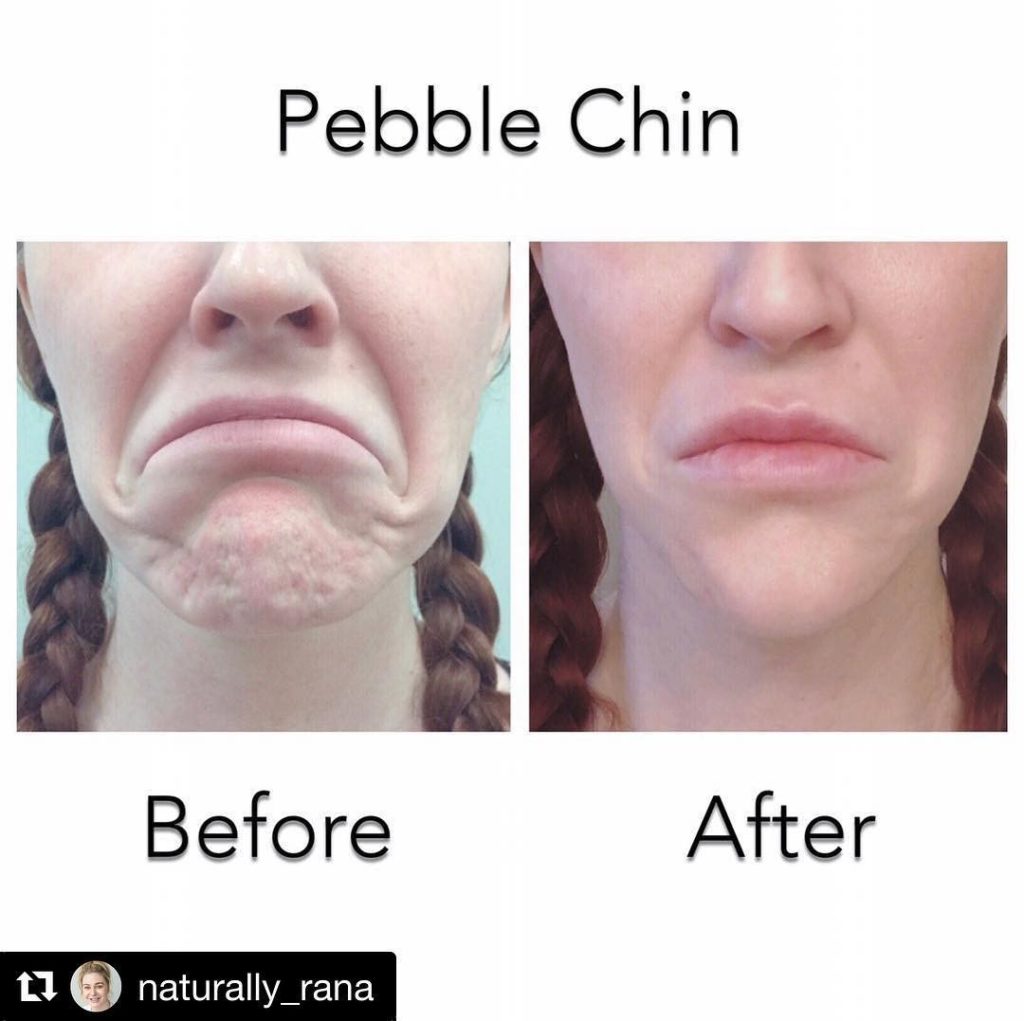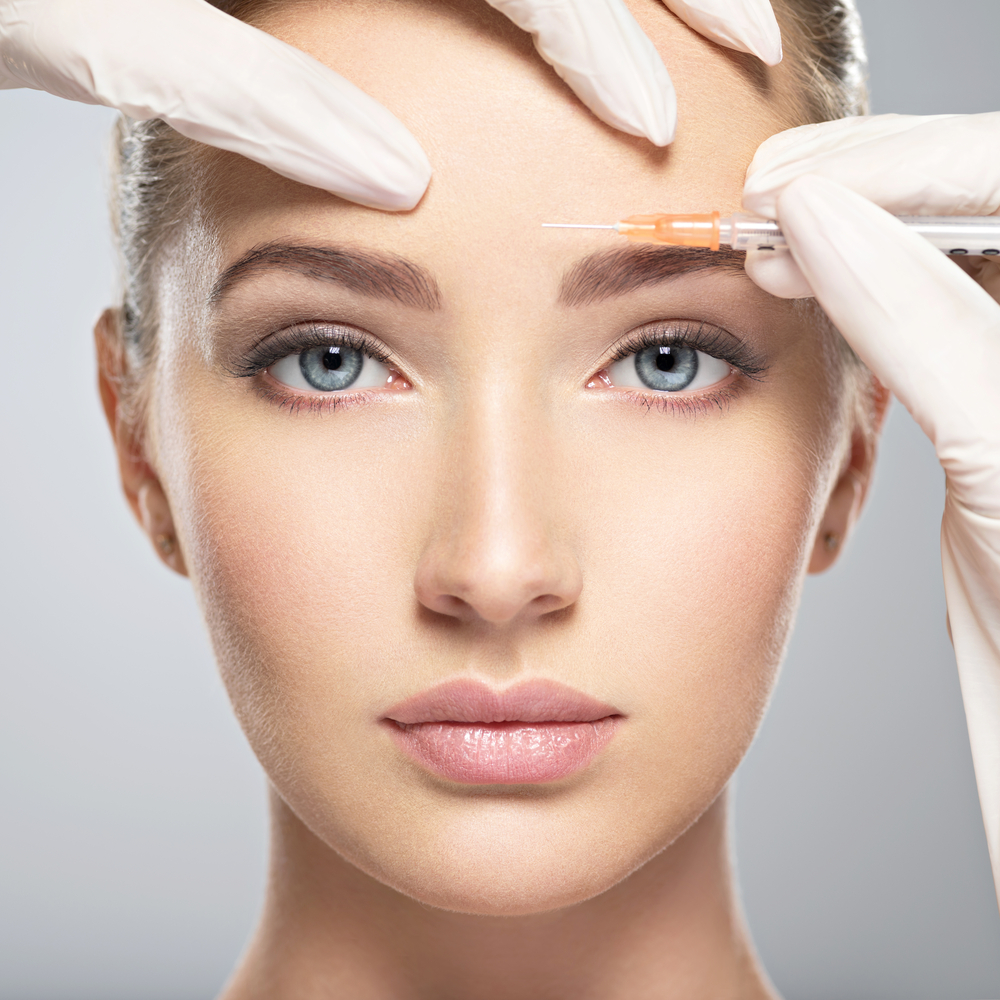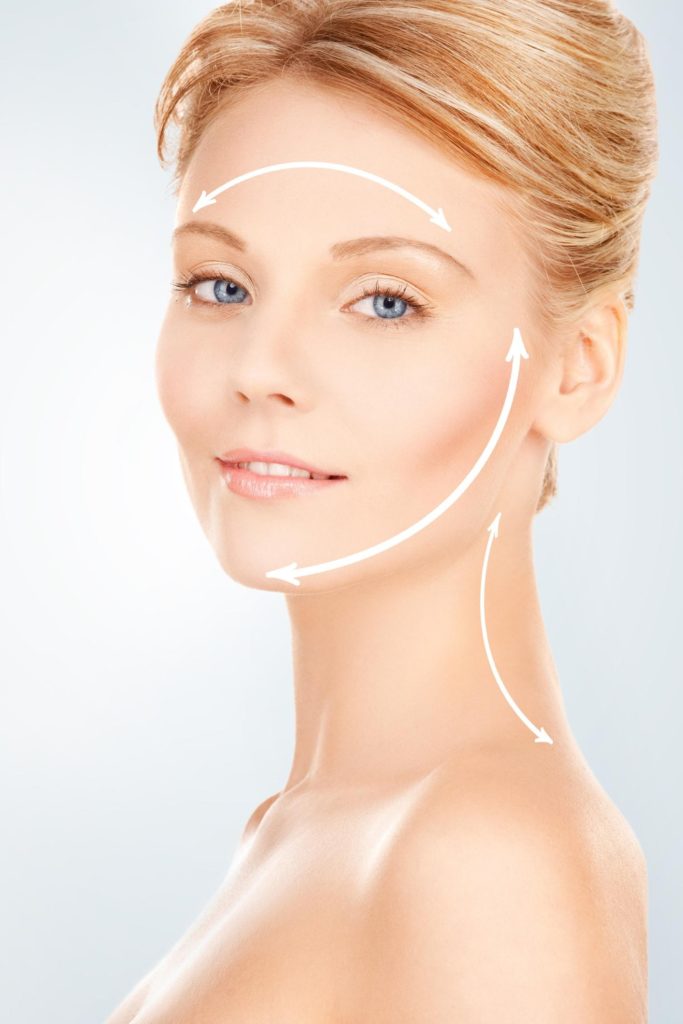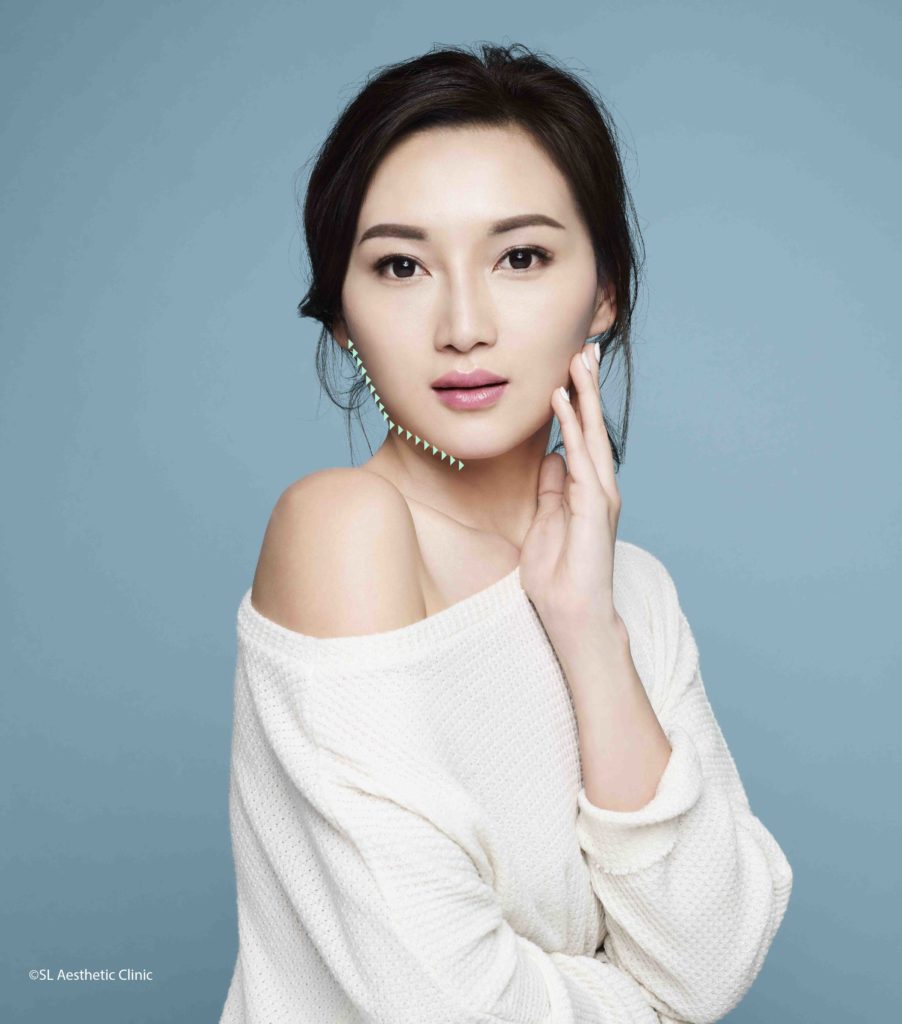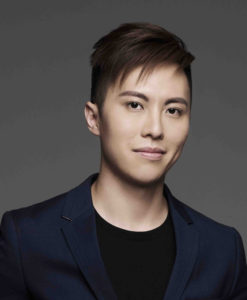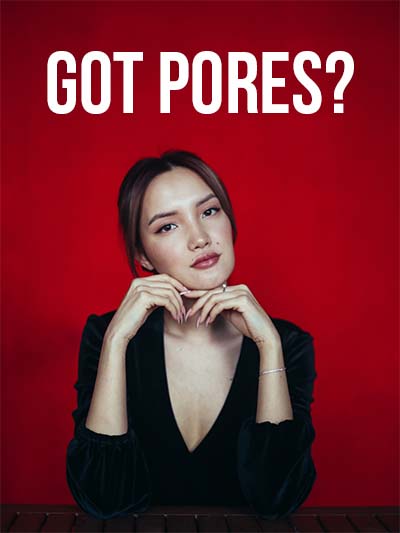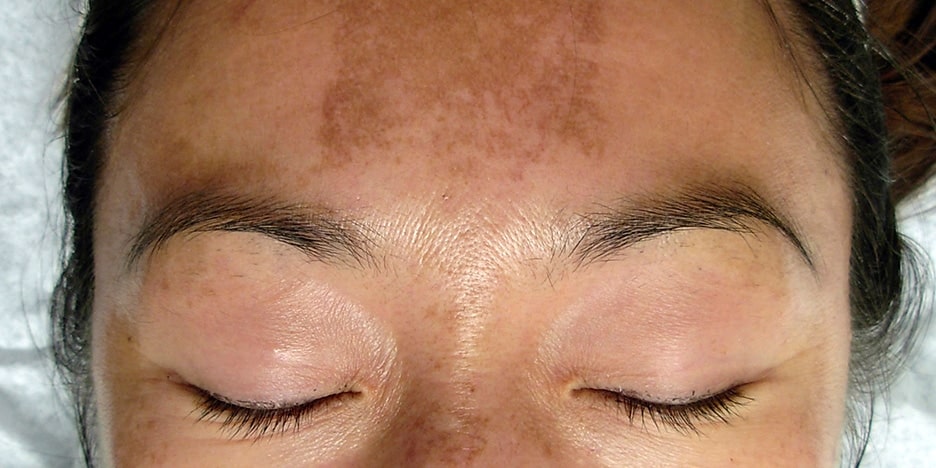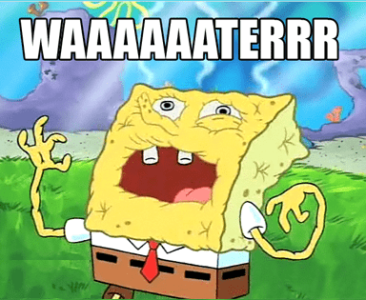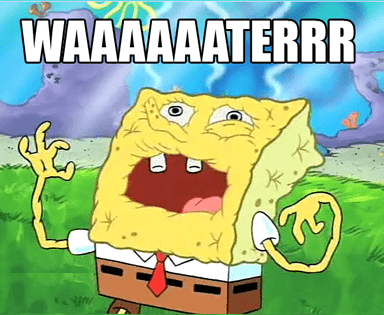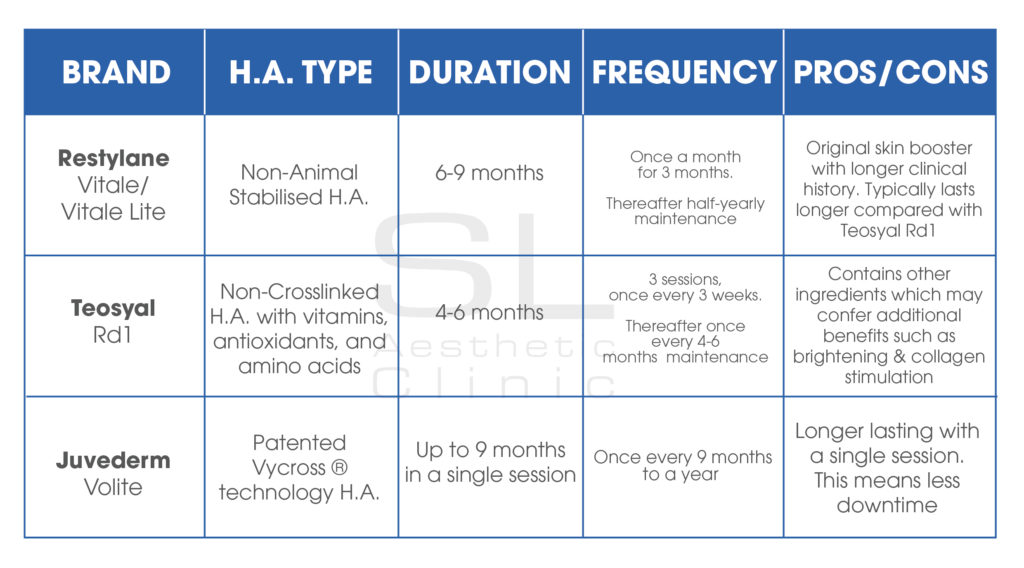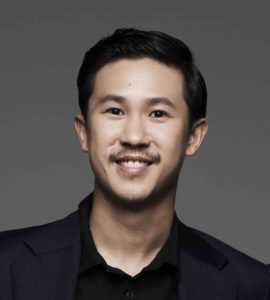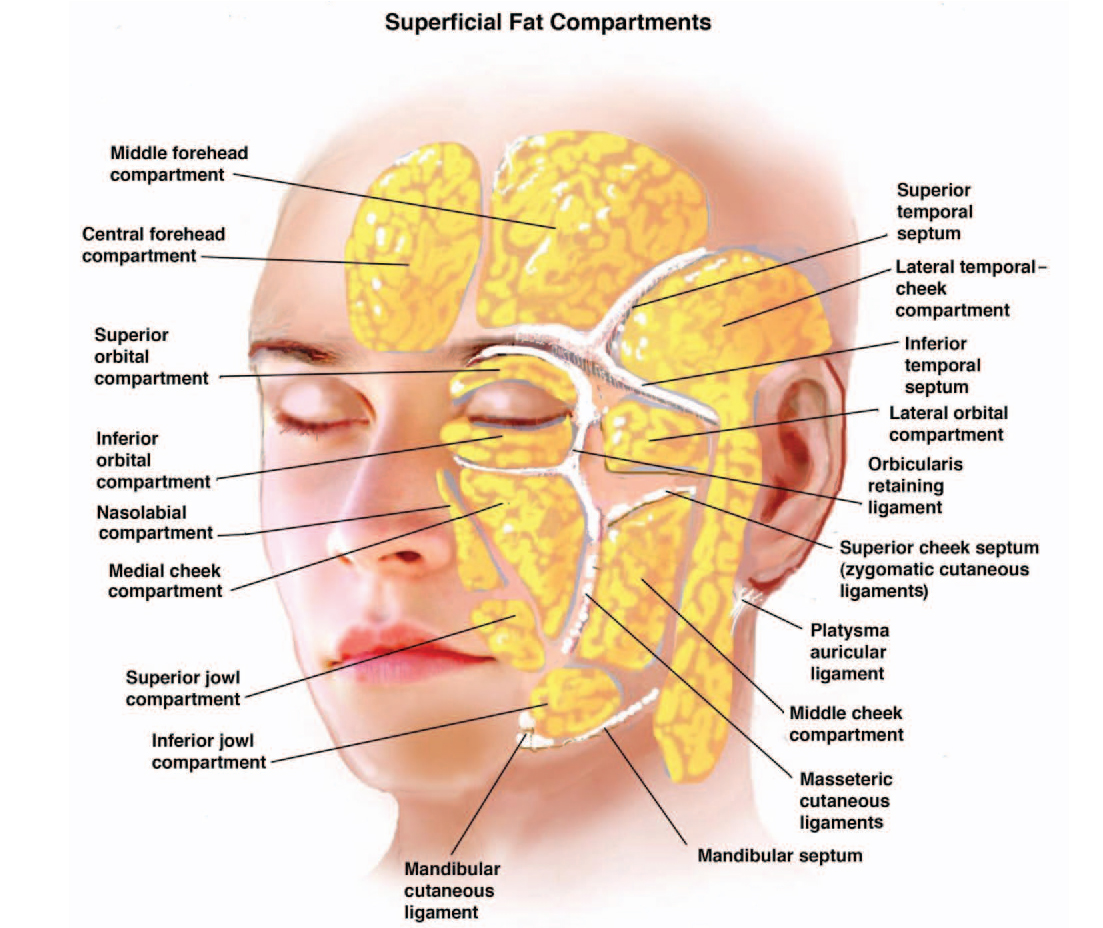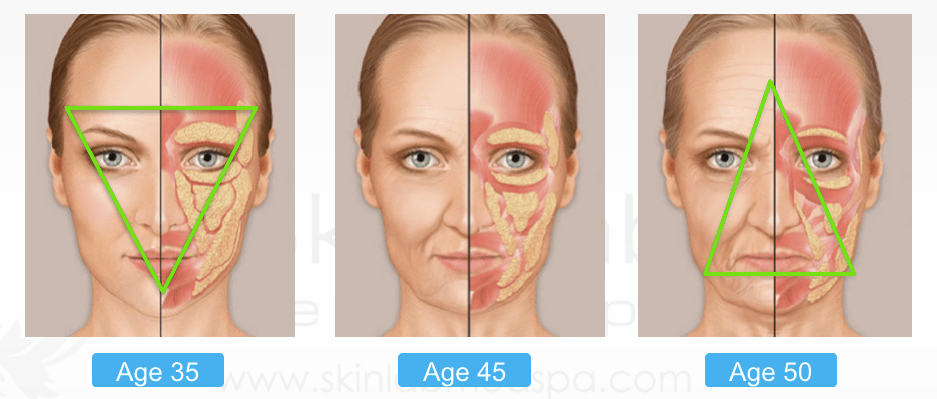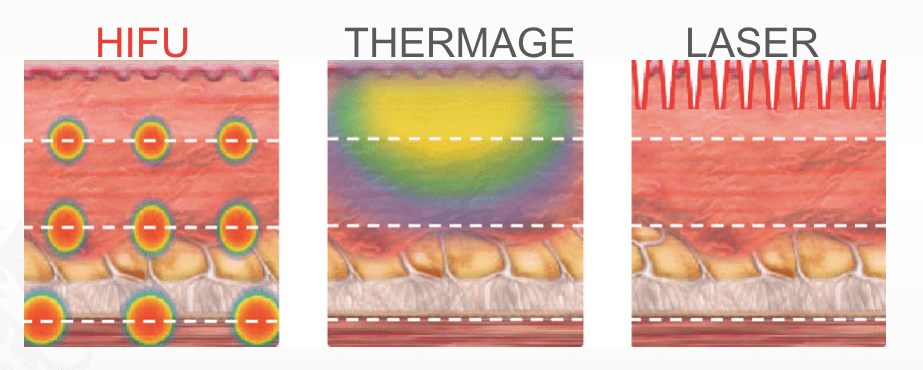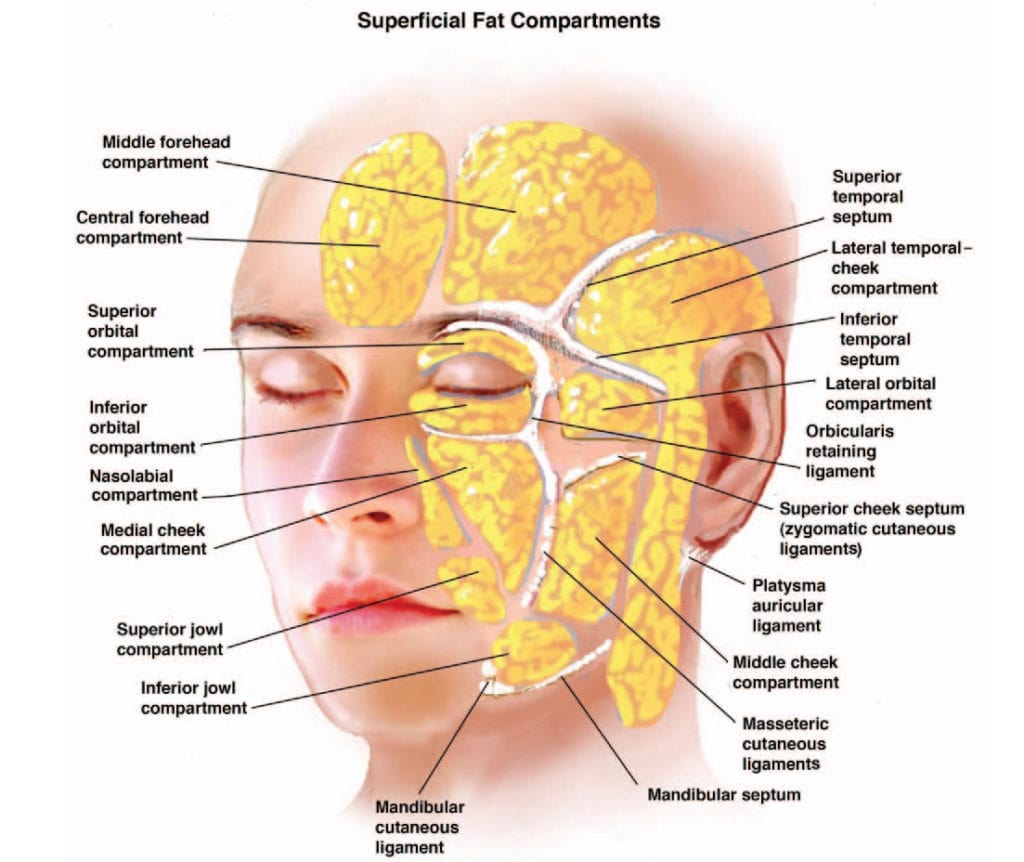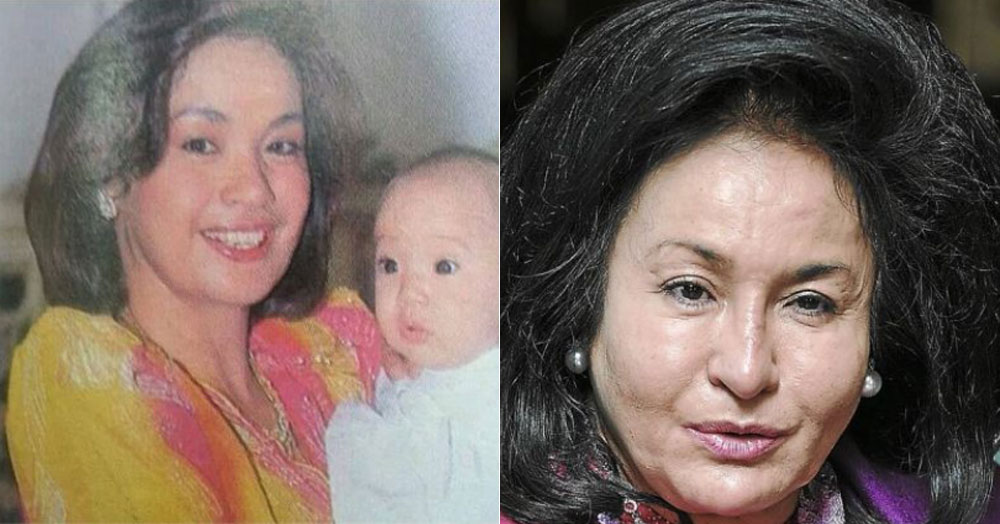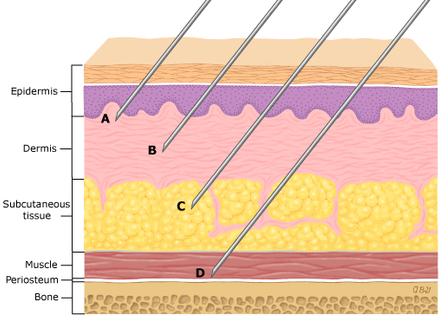In my practice, I get patients asking about anti-ageing treatments that can help to lift and firm the skin. Of the non-surgical and non-invasive treatments available, the most frequently enquired are Thermage and HIFU.
This is what prompted me to write this in the hopes of sharing it with the general public. So how are these treatments different and which one should you choose?
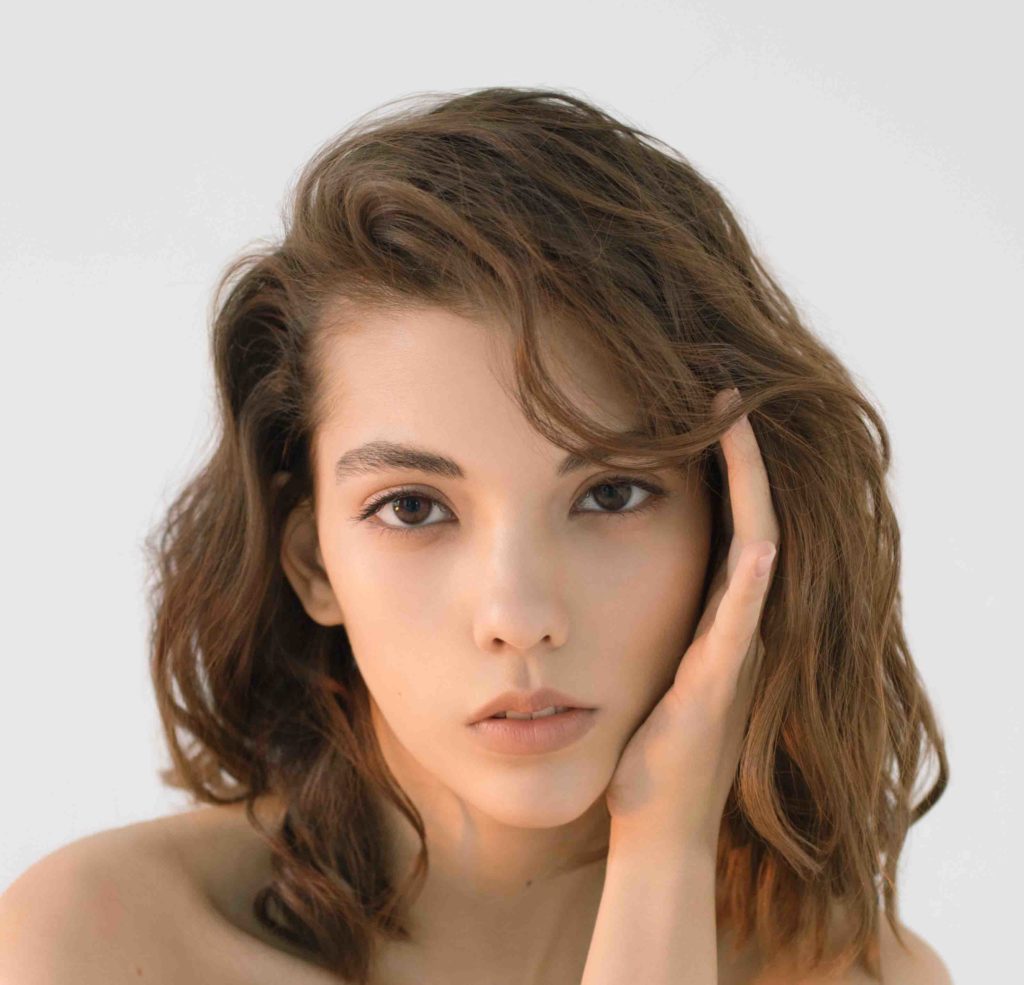
Our bodies’ ability to produce collagen drops as we age.
Essentially, Thermage and HIFU use heat to induce immediate collagen contraction and a subsequent secondary wound healing response with new collagen formation and remodelling in the deep layers of the skin that result in skin tightening.
However, the type of energy used is different. Thermage uses radiofrequency (RF) energy and HIFU uses ultrasound energy.
Thermage
Thermage is a brand of machine that uses monopolar radiofrequency technology to deliver heat into the deep layers of the skin. It stimulates collagen production by heating a diffused area underneath to skin while protecting the epidermis.
It has been shown that repeated mild heat shock to the skin increases collagen production. The heat is generated on the surface of the skin and diffuses into the skin of up to 3mm in depth.
Therefore, it is good for tightening and rejuvenating the skin, as well as contour facial skin laxity.
HIFU
HIFU (High Intensity Focused Ultrasound) or MFU (Micro Focused Ultrasound) uses ultrasonic energy to deliver heat to the deep facial tissues and treats it from the inside out.
There are many different brands of HIFU devices in the market including Ulthera, Ultraformer 3 and HiQueen.
They work similarly by depositing tiny bits of ultrasound energy to 1.5mm, 3mm and 4.5mm beneath the skin surface to create thermal coagulation points.
At the depth of 4.5mm, the superficial musculoaponeurotic system (SMAS) is targeted. This is the same layer that is targeted in a surgical facelift.
Therefore, collagen contraction and stimulation at this level can result in a lifted appearance, while targetting the more superficial layers can tighten the skin.

So, which one should you choose?
Not everyone ages the same way. The way you age determines the best treatment for you.

Sagging Skin
People whose skin sag as they age often complain about loose skin and tissues. They may have more pronounced nasolabial folds and jowls, with loss of jawline definition.
If your main problem is sagging, then you are looking for a treatment that can lift better.
As mentioned, HIFU targets deep to the SMAS layer at 4.5mm, which is effectively the depth where a surgical facelift is performed. Hence, HIFU will be the best choice for you.
In addition, HIFU is able to reach the depths of subcutaneous tissue at temperatures of 60-70degrees Celsius, the thermal-coagulation effect may also induce contraction of the fat tissue.
Therefore, it can improve your issues of sagging jowls and the presence of heavy buccal cheek fat. It can also aid to firm the neck, define the jawline and reduce the appearance of double chin when done over these areas due to the contraction of soft tissues.
Volume Loss
Conversely, the energy of Thermage is typically administered at approximately 3mm underneath the surface of the skin.
Therefore, it is better for people who are looking to tighten and firm thin skin. It is also a good choice for people who have volume loss as they age as the collagen stimulation can help to create more volume.
People who lose volume often complain of sunken cheeks and temples. However, do note that if you have volume loss, it is best to combine these skin tightening treatments with fillers to restore volumes deeper in your face.
As opposed to HIFU, Thermage can also be done over delicate areas such as the upper and lower eyelids to help tighten the skin in these regions.
As both treatments target the skin superficially at depths of 3mm or less, they are good options if you are looking to help reduce the appearance of wrinkles, fine lines and pores.
After Treatment
Both Thermage and HIFU are non-invasive procedures that have minimal downtime. There may be some slight pinkishness and swelling to the face after both procedures which should go away in less than a day.
As both procedures help to stimulate your own body to produce collagen, the effect of both treatments are best seen after 3 months.
How often the procedures should be done and the longevity of results depends on multiple factors such as how much collagen your skin is able to produce, the strength of the treatments as well as the presence of other factors that may contribute to ageing such as smoking and rapid weight loss.
Therefore, to maintain the effects of the treatment, it is still important to follow the good old rules of a healthy lifestyle: eat a healthy diet with sufficient nutrients and vitamins, adopt a regular exercise regime, wear sunscreen to protect against UV damage, get a good night’s sleep and avoid smoking and excessive stress in your life!
[27 Nov 2019] A blog post by Dr. Charlene Goh
MBChB, Scotland; Dip Practical Dermatology, Wales
Having obtained her medical degree in Scotland, Dr Charlene Goh returned home to Singapore, where she practised in several major hospitals and in various departments. But her education did not stop there.
From a young age, Charlene has had a strong interest in skincare and beauty trends. Urged by Dr Kelvin Chua to pursue her passion, Charlene went away to study Practical Dermatology at Cardiff University in Wales.
Not one to rest on her laurels, she returned home and picked up certifications from various aesthetic organisations.
Now armed with the proper certifications and experience, Charlene is adept at a wide range of minimally invasive aesthetic procedures such as laser treatments, dermal fillers, botulinum toxin injections, etc.
A firm believer in presenting one’s best self, Charlene hopes to help others achieve confidence through a holistic approach; a wholesome combination of a healthy lifestyle and diet, complemented by clinically proven aesthetic treatments.
Charlene is a self-confessed beauty junkie and fashionista, and will happily discuss the latest trends with friends and patients.
For more information, write to contact@1mediamarketing.com
To contact Dr Charlene Goh, write to charlene@1mediamarketing.com
